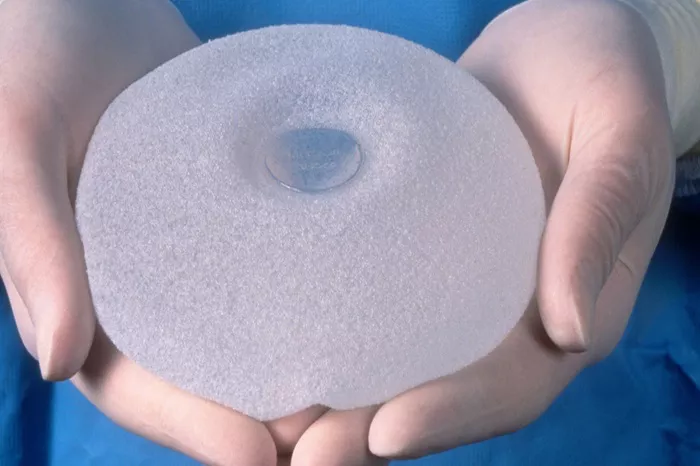Breast augmentation is a popular cosmetic procedure. It enhances the size and shape of the breasts. Despite its popularity, it comes with a recovery period. Bruising is a common concern during this time. This article will explore how long bruising lasts after breast augmentation. We will also look at factors that affect bruising and ways to manage it.
What Causes Bruising After Breast Augmentation?
Bruising occurs when small blood vessels called capillaries break. This happens during surgery. Blood leaks into surrounding tissues, causing discoloration. The degree of bruising varies among individuals. Several factors contribute to bruising:
Surgical Technique: Different techniques can affect bruising. Surgeons use various methods to insert implants. Techniques that minimize trauma to tissues reduce bruising.
Patient’s Health: General health and pre-existing conditions influence bruising. Patients with clotting disorders may experience more bruising.
Medications: Certain medications increase bruising risk. Blood thinners and anti-inflammatory drugs are common culprits.
Implant Placement: The placement of the implant affects bruising. Implants placed under the muscle tend to cause more bruising than those placed above.
The Timeline of Bruising
Bruising follows a predictable timeline. Understanding this helps patients manage their expectations.
First Few Days Post-Surgery
Bruising is most pronounced during the first few days. Patients notice dark purple or black bruises around the breasts. Swelling accompanies bruising, adding to discomfort. The body’s natural healing process begins immediately.
One to Two Weeks Post-Surgery
Bruising starts to fade after the first week. Colors change from dark purple to lighter shades of blue and green. Swelling reduces gradually. Pain and tenderness also diminish.
Two to Four Weeks Post-Surgery
By the end of the second week, bruising continues to lighten. Yellow and brown hues replace the blues and greens. Most bruising fades by the end of the fourth week. Residual swelling might persist.
Four to Six Weeks Post-Surgery
Bruising should be minimal by this stage. Any remaining discoloration is usually faint. The breasts start to settle into their new shape.
Factors Affecting the Duration of Bruising
The duration of bruising varies. Several factors influence how long bruising lasts:
Age: Younger patients tend to heal faster than older individuals. Skin elasticity and overall health contribute to this.
Skin Tone: Fair-skinned individuals often show bruising more than those with darker skin tones. However, bruising fades similarly across skin types.
Post-Surgical Care: Following post-surgical care instructions is crucial. Proper care reduces bruising and speeds up healing.
Activity Level: Physical activity affects bruising. Strenuous activities can worsen bruising. Patients should avoid heavy lifting and vigorous exercise initially.
Smoking: Smoking impairs circulation and healing. Smokers may experience prolonged bruising.
Diet and Nutrition: A balanced diet rich in vitamins aids healing. Vitamin C and K are particularly beneficial for reducing bruising.
Managing Bruising After Breast Augmentation
Managing bruising involves several strategies. These measures help reduce discomfort and promote healing.
Cold Compresses
Applying cold compresses reduces bruising and swelling. Cold constricts blood vessels, minimizing blood flow to the area. Patients should use cold compresses for the first 48 hours. Apply for 15-20 minutes at a time, with breaks in between.
Elevation
Keeping the upper body elevated reduces swelling. Patients should sleep with their head and shoulders elevated. This position promotes drainage and reduces pressure on the breasts.
Compression Garments
Surgeons often recommend compression garments. These garments support the breasts and reduce swelling. They also help minimize bruising by providing gentle pressure.
Pain Management
Pain management is essential. Over-the-counter pain relievers like acetaminophen are effective. Avoid aspirin and ibuprofen, as they can increase bruising.
Hydration
Staying hydrated supports healing. Water helps flush out toxins and reduces swelling. Patients should drink plenty of fluids during recovery.
See also: How Often To Replace Saline Breast Implants?
Natural Remedies and Supplements
Several natural remedies and supplements aid in reducing bruising.
Arnica Montana
Arnica is a popular homeopathic remedy. It is known for its anti-inflammatory properties. Arnica creams or tablets can reduce bruising and swelling.
Bromelain
Bromelain is an enzyme found in pineapples. It has anti-inflammatory and anticoagulant properties. Taking bromelain supplements can help reduce bruising.
Vitamin C and K
Vitamin C strengthens blood vessels and promotes collagen production. Vitamin K aids in blood clotting. Both vitamins are beneficial in reducing bruising.
When to Consult a Doctor
While bruising is a normal part of recovery, certain signs warrant medical attention.
Severe Bruising
Excessive bruising or bruising that worsens should be evaluated. This could indicate complications.
Infection
Signs of infection include redness, warmth, and fever. If these symptoms occur, contact your surgeon immediately.
Persistent Swelling and Pain
Swelling and pain should gradually decrease. Persistent symptoms may indicate an issue. Follow up with your surgeon if symptoms persist.
Patient Testimonials
Hearing from other patients can provide reassurance. Here are some testimonials:
Patient A
“I had significant bruising the first week. Using cold compresses and wearing my compression garment helped. By the third week, most of the bruising was gone.”
Patient B
“I was worried about the bruising. My surgeon recommended arnica, and it made a difference. By the fourth week, I only had slight discoloration.”
Conclusion
Bruising is a common and expected part of breast augmentation recovery. Most bruising resolves within four to six weeks. Factors like age, skin tone, and post-surgical care influence bruising duration. Proper management, including cold compresses, elevation, and compression garments, aids in reducing bruising. Natural remedies like arnica and bromelain are also beneficial. Patients should monitor their recovery and consult their surgeon if complications arise. Understanding the bruising process helps patients manage expectations and focus on healing.
Related topics:
7 Reasons Getting Breast Implants Is Absolutely Worth It
How Long Do Breast Implants Hurt?
What To Expect One Month Post-Op: Breast Augmentation


